Wednesday, April 21, 2010
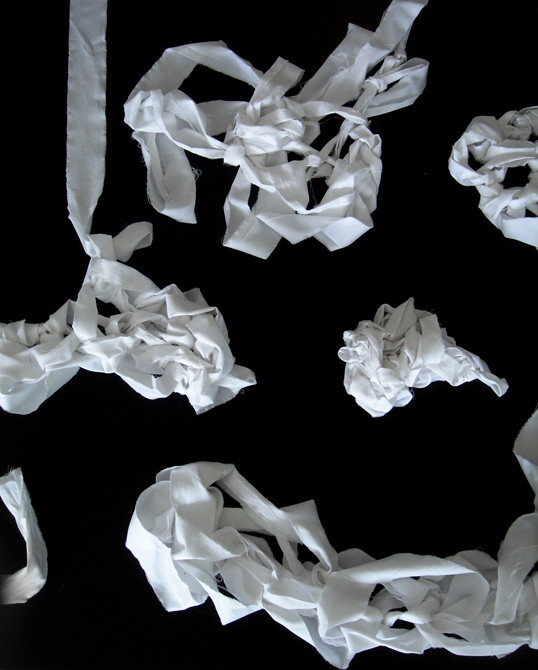
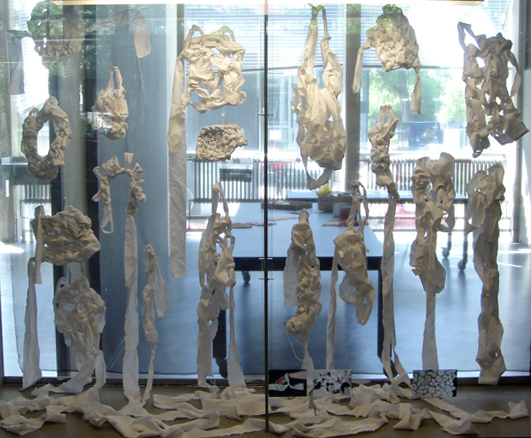

As part of their program students of the Textile department TXT, are asked to research one textile technique –its history, its etymology, its philosophy– and give a lecture about it for a variety of different audiences.
René Shiro Grögli says: “when it came to my presentations of the technique I researched, I asked myself one question above all: What can I, and only I, tell the audience about my subject? What is there to tell that can’t be easily looked up on the internet?


Faced with a talk in front of 20 Rietveld Basic Year students, I decided to give them a crash-course in crochet basics. I brought 10 meters long fabric stripes for all the students and taught them how to do the two most simple and fundamental crochet stitches, the chain stitch and the single crochet, by using their hands as crochet needles.
My intention was to give them a tool that they would ideally use for their own projects. We only had a couple of minutes. The results are a beautiful series of small crocheted objects. Some of them are meant to be worn”.
concept/photo's by René Shiro Grögli /crochet results by students of B group
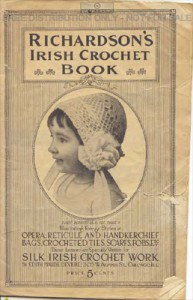
download this small collection [pdf] on classic and contempory crochet or look at my instructional slide show part 1 & 2
Wednesday, April 21, 2010
In our daily vocabulary we often use textile-related words in order to stress the importance of unity, collective work and all kinds of networking programms.
We knit and we knot quite a lot in language, as if we are experienced weavers and knotters, but most of the time we don’t have the slightest idea how you actually do make a knot.
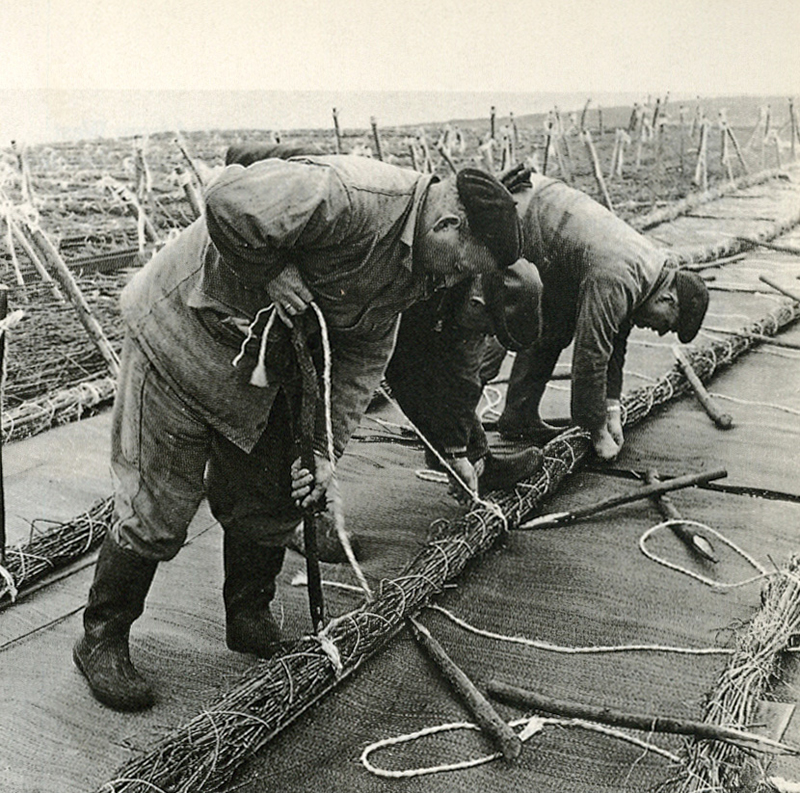
In this project students are researching one textile technique:
its history, its etymology, its philosophy
Since Plato used weaving loom as a model for how a state is operating, more philosophers are inspired to use textile techniques as a base for dealing with concepts. The question in this project is, how to liberate a technique from its tradition and its confinement.
"3 textile students will performe their research" is part of Basic Year design program
Wednesday, October 14, 2009
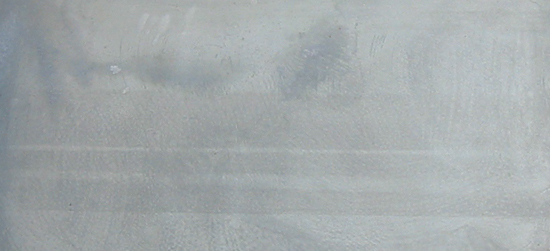
Lucy Sarneel (born 1961 in Maastricht) says; “In my jewellery various materials, as for instance zinc, textile, silver, gold, wood, appear. However the main metal I work in is zinc. Besides of the fact that its blue-grey color reminds me of the Dutch sea and sky it also represents the area between black and white, life and death. It refers to daily-life objects of the past like a washtub (in which my mother used to bath me when I was a toddler), a bucket or (still nowadays) a flower box.. Furthermore it associates with protection because of its use in for instance steel rooftops or rain-pipes to prevent them from rusting.
As a prominent participant in the “Gone With The Wind” exhibition held in the Zuiderzeemuseum (mrt-okt ’09), Lucy Sarneel was invited to speak about her participation in this project and one of the main themes in her work…”folklore“.
Enjoy the series of images in which it becomes apparent how the spirit of form and function can be translated into inspiring contemporary mixed media jewelery.
Monday, May 4, 2009
Wonder where all the tagging started?……….
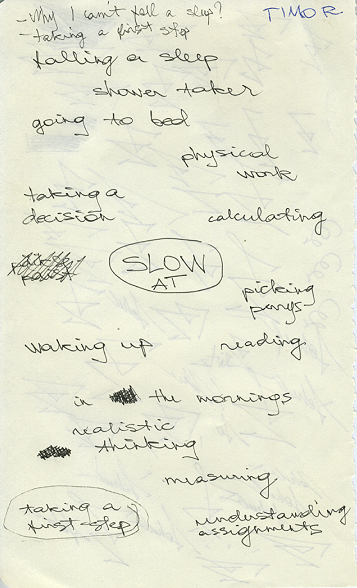
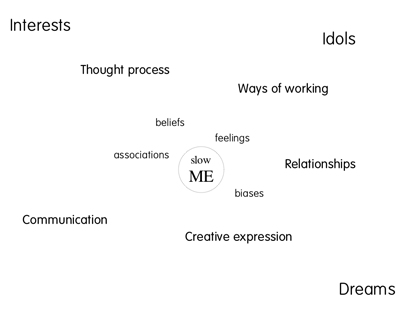
It was the 5th of February when we started a project moderated by Carolyn F. Strauss, designer, curator and founding director of slowLab. Together with the students of the FoundationYear’s D group she lectured and set of an investigation into slowdesign and related designers and artists. True to the principle of personal connection we started with a quick mapping of ourselves and our working process as designers and artists in relation to “slow” as a subject. Mapping to find keywords for processes and experiences that make up our conditions and inspiration for behaving and performing, to visualize that flow and determine specific tags to describe it. How do these tags symbolize slowness in our work and working process.
Ask yourself the question “slowMe”?
The results became clear instantly through a series of “slowMe” postings
read also: tagging slowdesign part 2









